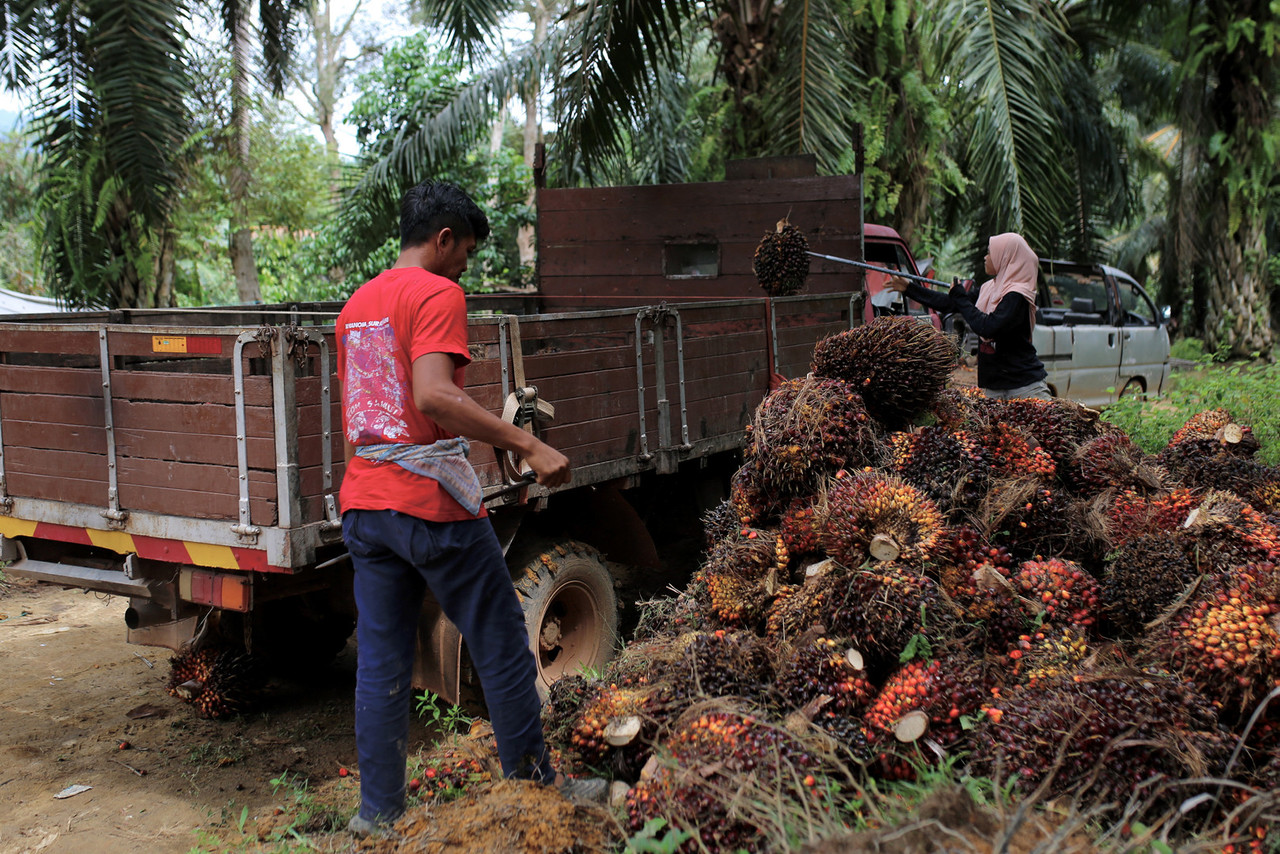CRUDE palm oil (CPO) prices which dropped amid concerns over Indonesia – the world’s largest palm oil producer – having to excessively flush out its palm oil stock inventory following its short-lived export ban have stabilised and holding steady above the RM4,000/metric tonne level.
While prices could remain soft in the near term with Indonesia exporting more to curb its current high inventory, market analysts generally expect CPO prices to remain supported until end-2022 on the back of strong demand recovery.

Some weaknesses in edible oil prices during 2H 2022 is not unusual due to seasonally higher production of two major oil crops – palm and soya.
With CPO prices probably having peaked, planters – whether smallholders or Bursa Malaysia listed plantation firms – should focus on long-term prospects as the sector’s appeal is more about resilience and defensiveness at this juncture.
This is especially so as the economic outlook is unclear with the plantation sector being among the beneficiaries of food and energy inflation.
At a glance, the future of palm oil remains bright as it is impossible to replace golden oil entirely given how pervasive it is in our food chain. Moreover, it is also very competitive with multiple uses – from high temperature frying oil to shorteners and as a more competitive substitute to some petrochemical products.
Regardless of the claims by its adversaries, the environmental footprint from oil palm cultivation is significantly smaller than other oil crops as it is so much more productive on a per hectare basis.
In broad terms, Malaysia’s plantation sector as a whole has successfully managed numerous ESG (environmental, social and governance)-related issues to enjoy some of the highest standards in agriculture.
Although CPO price volatility is inevitable, market observers expect prices to stay firm supported by the following factors:
- A good 2023 is needed for supply to fully recover: Current edible oils tightness began in 2020 when production failed to meet demands.
Inventory continued slipping into 2021 but a good 2H 2022 harvest may lift end-2022 inventory. However, to fully address the current supply tightness, a favourable 2023 season is needed.
- Demand should recover more strongly in 2023: Rising population and affluence have led to annual demand growth of 3.6% over the past 30 years. However, since 2022, the COVID-19 impact has tempered growth to about 1% but growth is expected to revert towards 3% come 2023 unless a severe recession hits.
- Supportive biofuel demand: Elevated fossil fuel price is supportive of edible oil demand as about 20% of edible oils are processed into biofuel. Indonesia has resumed efforts to blend up to 40% palm (B40) into its biodiesel after halting work earlier due to high palm oil prices. Its current blend is B30.
On its part, the Ministry of Plantation Industry and Commodity (MPIC) has embarked on “The Global Movement to Champion the Goodness of Palm Oil” campaign to further complement efforts to boost awareness of the quality of the Malaysian palm oil as well as to counter the various misinformation and false information levelled at our golden oil.
This effort will not stop here and MPIC will continue to mobilise all related agencies to empower palm oil in the eyes of the world. – Aug 26, 2022
Datuk Zuraida Kamaruddin is the Plantation Industries and Commodities Minister.
The views expressed are solely of the author and do not necessarily reflect those of Focus Malaysia.










